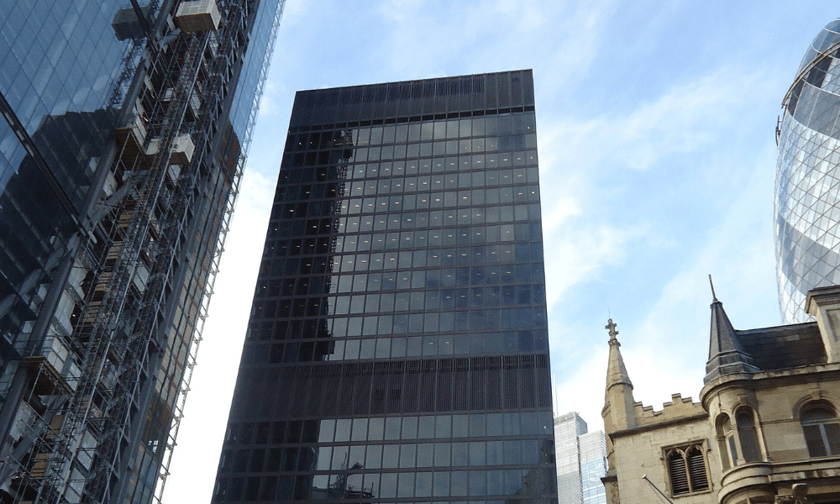

The decision on approving the construction of the tallest building in the Square Mile has been postponed by the City of London following last-minute objection from Bruce Carnegie-Brown, the chair of Lloyd’s of London. The new 73-storey skyscraper, known as 1 Undershaft, had initially received a recommendation for approval from City of London Corporation officials.
The planning committee raised concerns about the impact of the development on St Helen’s Square at the tower’s base. St Helen’s Square abuts The Leadenhall Building which hosts Brit, MS Amlin, Aegon, and Aon. The proposed building would dwarf Leadenhall by nearly 100 metres. Shravan Joshi, the planning chair, noted that the delay would allow more time for negotiations with the applicant about the public square’s future. He emphasized that this should not be seen as a sign of opposition to development.
The unexpected delay was triggered by Carnegie-Brown’s letter, which argued that the project would eliminate a vital public space in the City. Despite expectations for a smooth approval, almost 10 years after the project was first proposed, this intervention has stalled the process.
The new tower, comparable in height to The Shard and among the tallest in Europe, would replace the existing 23-storey building from the 1960s, which was formerly occupied by Aviva. The 1 Undershaft site is flanked by several notable buildings, including 22 Bishopsgate, the Cheesegrater, the Gherkin, and the Grade I-listed Lloyd’s of London building.
First approved in 2016 with a straightforward design called The Trellis by architect Eric Parry, the project has seen significant revisions. Aroland Holdings, backed by Singaporean tycoon Kuok Khoon Hong and working with developer Stanhope, has added an extra storey and incorporated a stepped design that increases floor space. The new plans feature an 11th-floor garden and a public viewing gallery at the top, designed to enhance the City’s attractiveness with improved public spaces and sustainability features.
Responding to the committee’s decision, a project spokesperson stated they would consider public space concerns and make minor revisions in collaboration with the City of London Corporation and the insurance industry. However, Carnegie-Brown’s intervention has highlighted the opposition within the insurance sector, particularly over the proposed loss of public space which is described as a “mini-oasis” in the hustle and bustle of the city.
The revised design aims to balance modern needs with preserving the City’s character, but it faces opposition from Historic England which has described the plans as a missed opportunity that would fundamentally compromise the area. It has recommended planners refuse the design. “The scheme now proposed for this site would, by contrast, seriously degrade the scale and character of the public realm around it,” it said in a letter, “casting the street into greater shadow and encroaching on three buildings of exceptional significance.”
Photo; TrcaeyG555, This file is licensed under the Creative Commons Attribution-Share Alike 3.0 Unported license.
What do you think about this story? Share your thoughts in the comments below.
